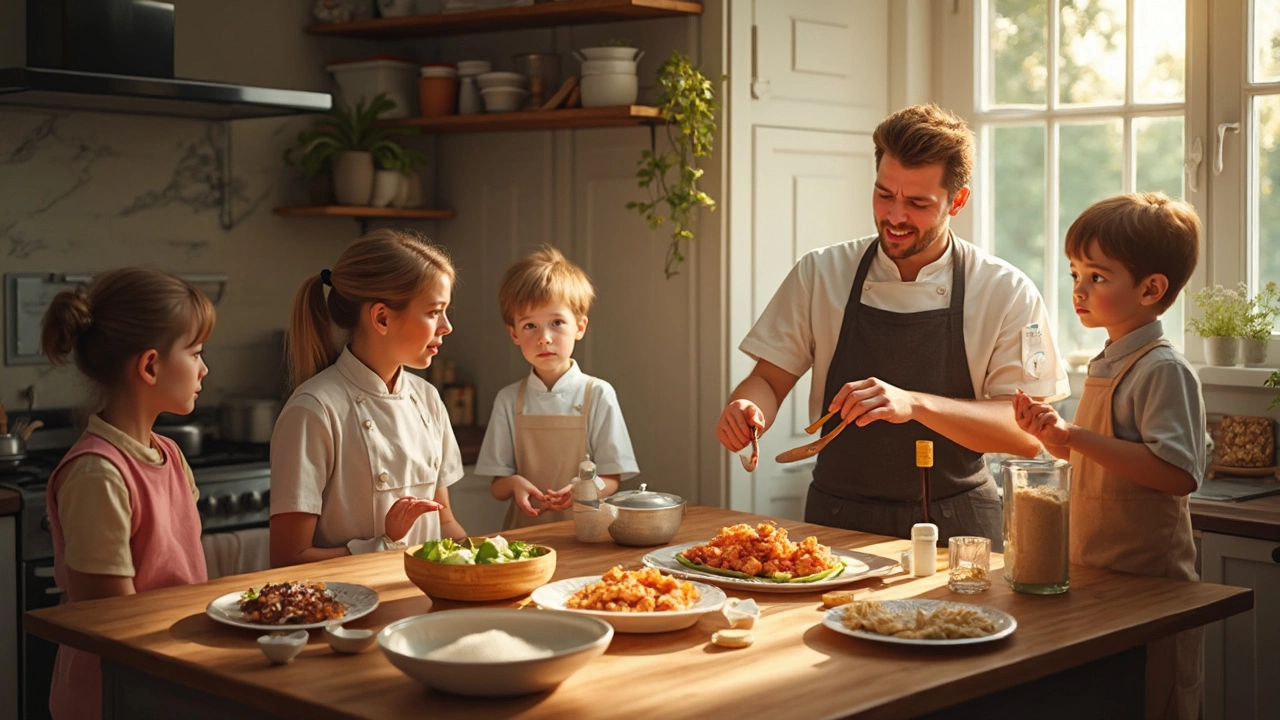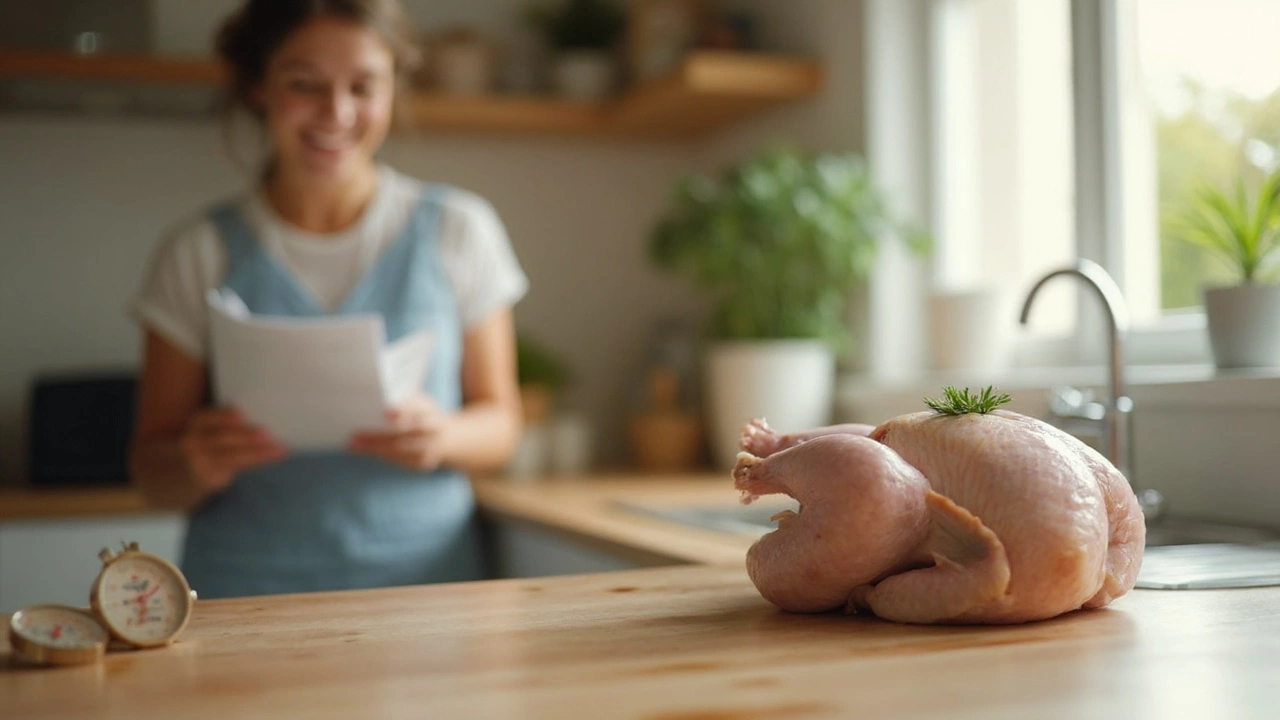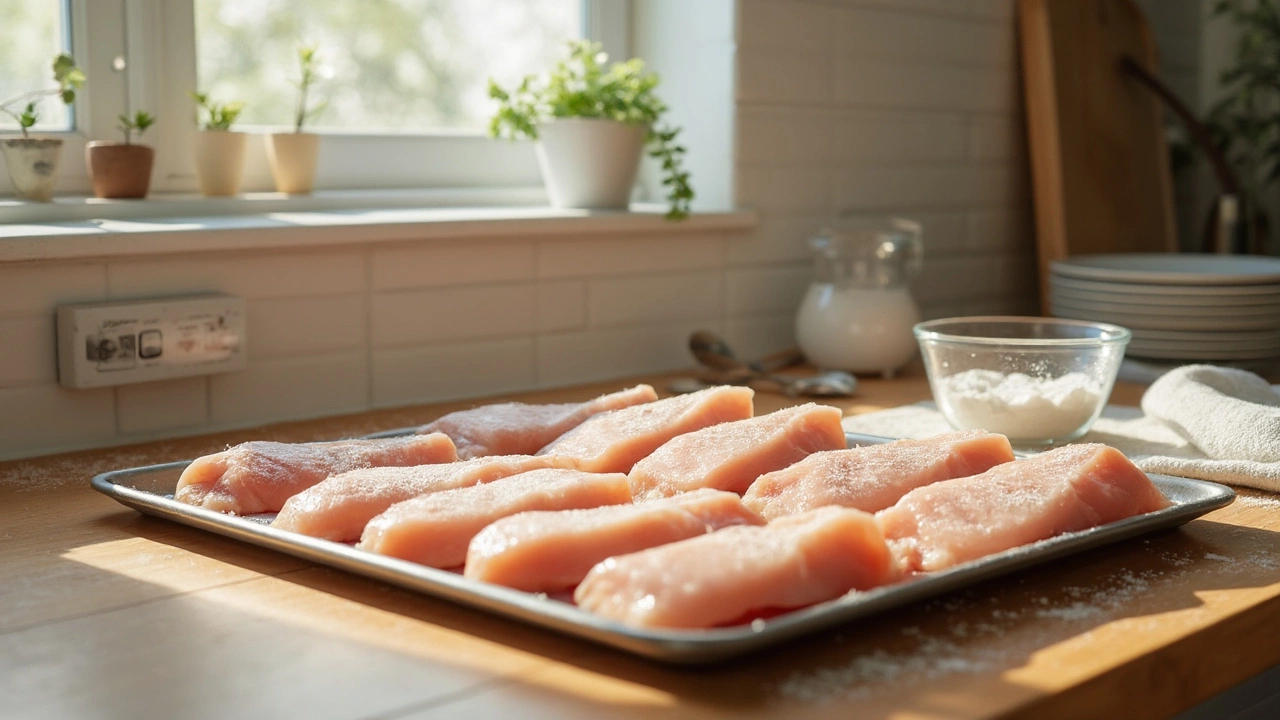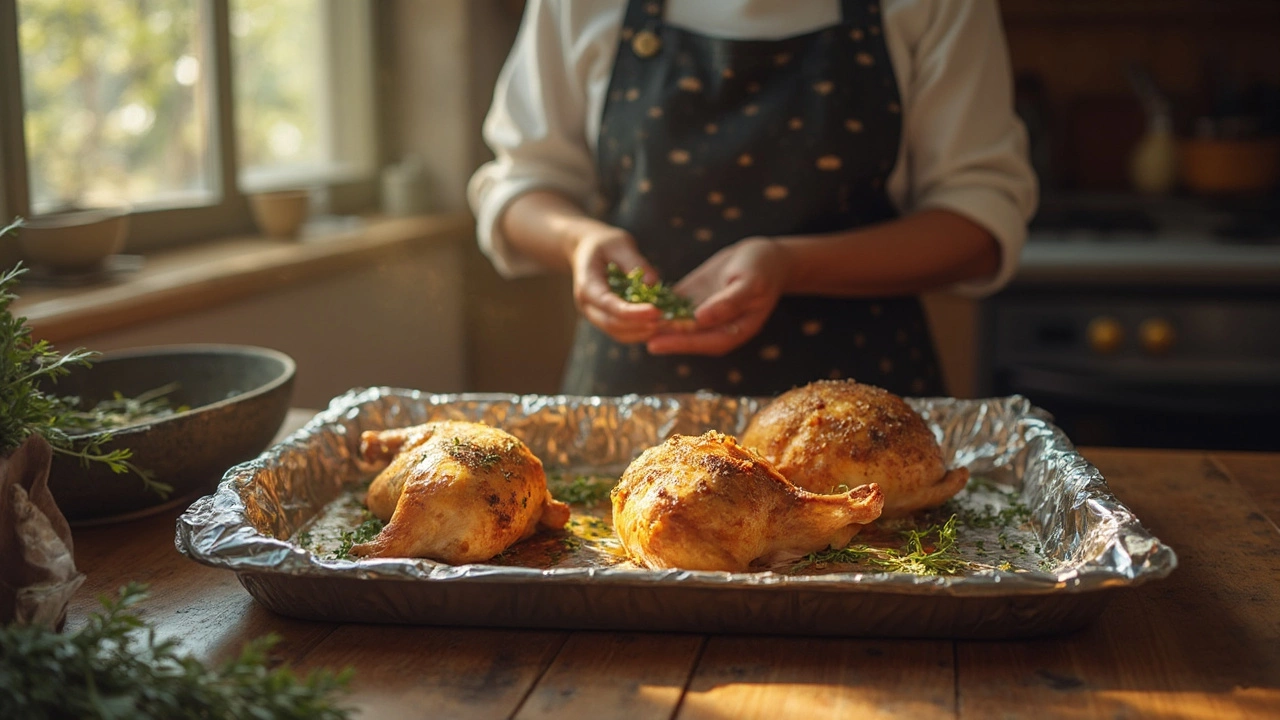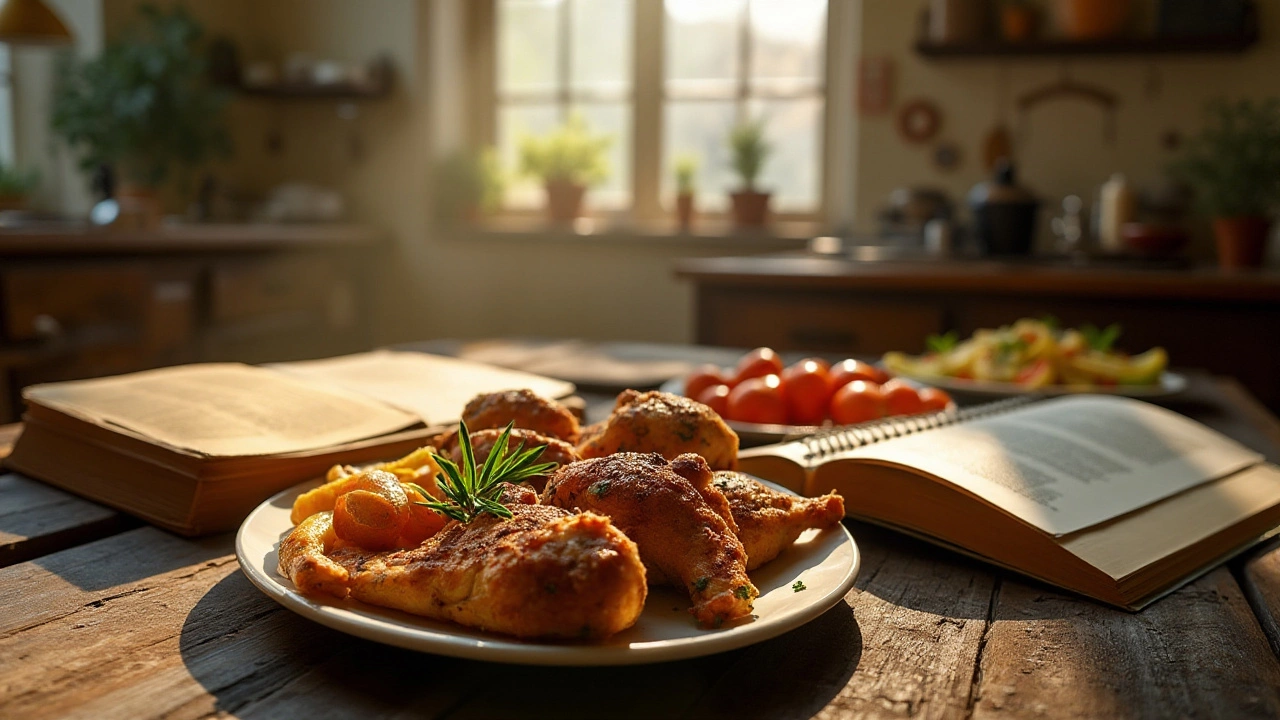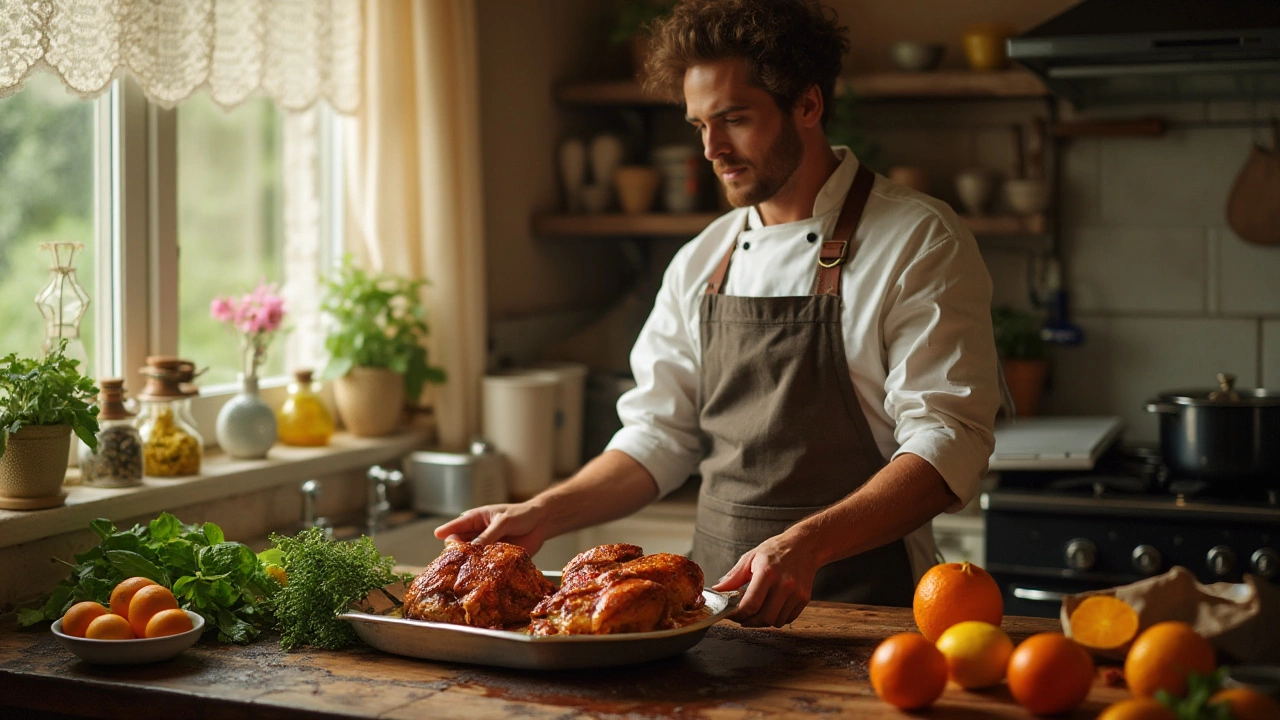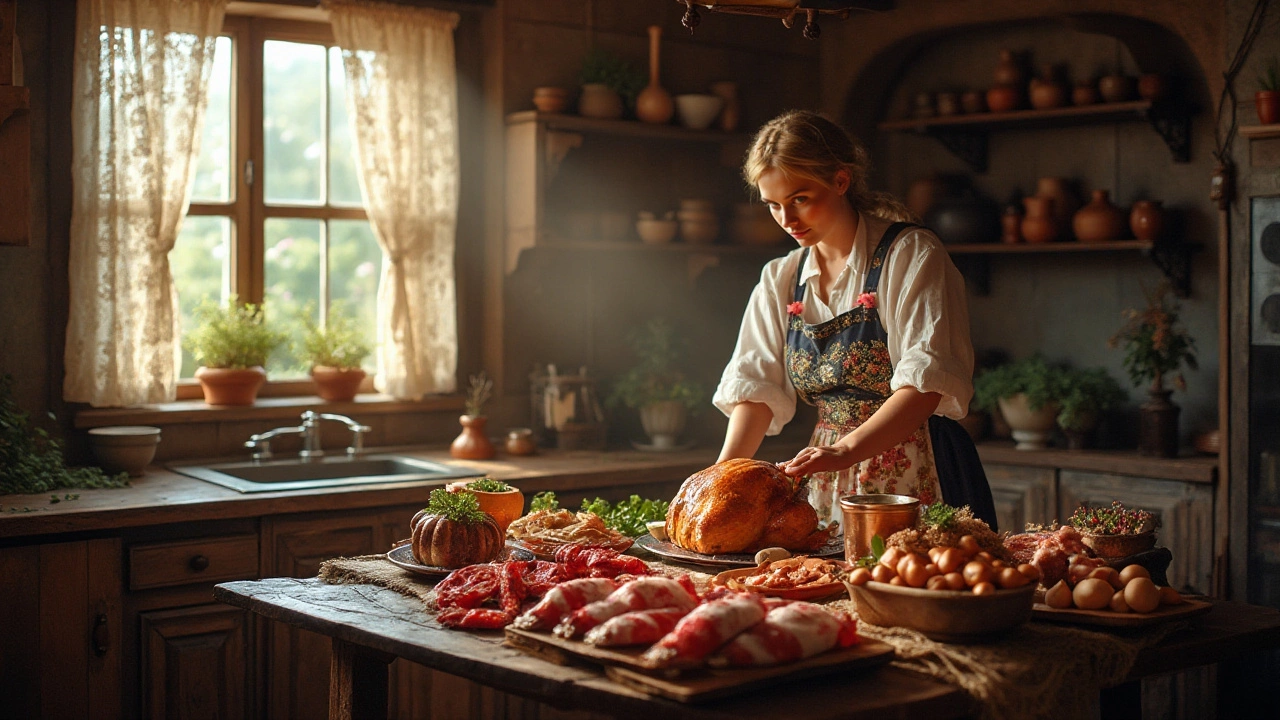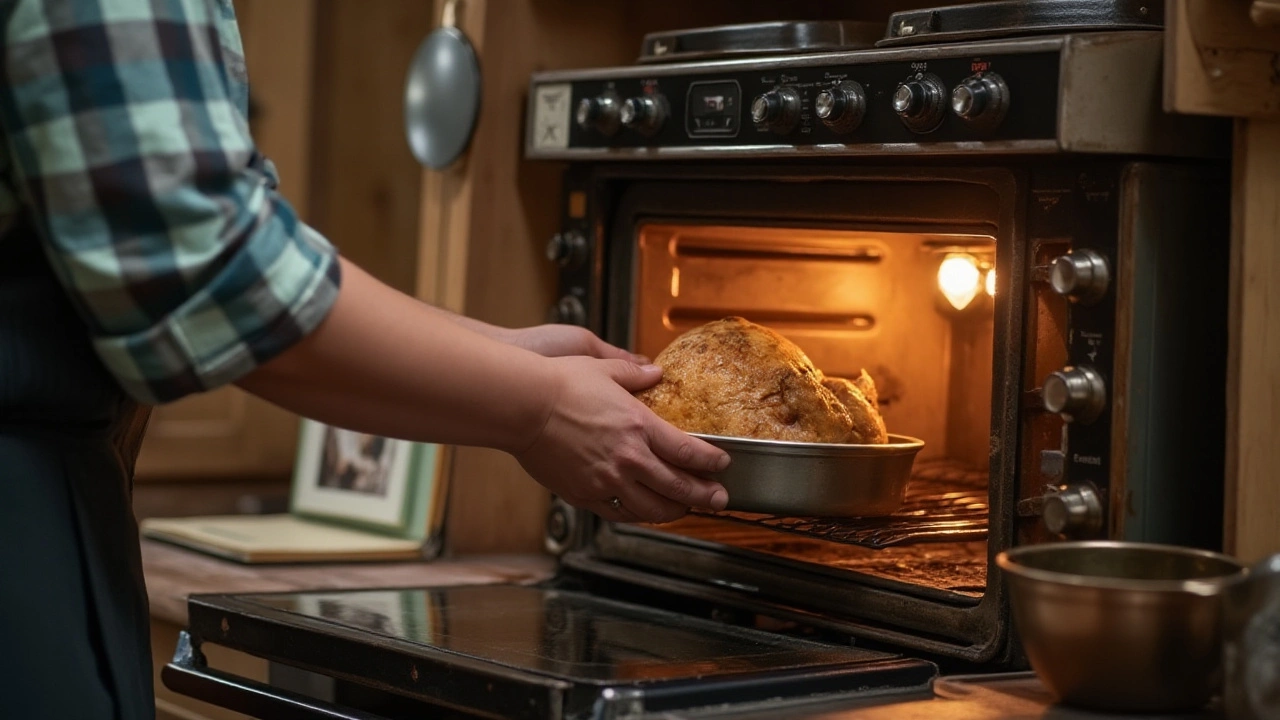Chicken Recipes: Quick, Tasty and Foolproof Ideas
Chicken is the go‑to protein for busy families and hobby chefs alike. It cooks fast, soaks up flavors, and works in any cuisine. Below you’ll find the most practical tips that turn a plain piece of meat into a crowd‑pleaser, plus recipe ideas that fit any skill level.
Essential Prep Tips
First, let the bird sit at room temperature for about 20 minutes before it hits the pan. This small step evens out the internal temperature, so the meat stays juicy and cooks evenly. If you’re short on time, seal the chicken in a zip‑top bag and submerge it in warm water for five minutes – just don’t forget to pat it dry before seasoning.
Want extra tender meat? Sprinkle a pinch of baking soda on the surface and let it sit for 15‑20 minutes. The soda raises the pH, weakening muscle fibers and preventing over‑cooking. Rinse off the soda, dry, then proceed with your usual rub or marinades.
Velveting, a classic Chinese technique, can be done with a quick corn‑starch slurry. Mix one tablespoon of cornstarch with a splash of soy sauce and a bit of oil, dip the chicken pieces, and blanch them for 30 seconds. The result is a silky texture you’ll hear compliments about at the dinner table.
Baking & Roasting Secrets
When you bake, the temperature you choose makes a big difference. At 350°F the chicken cooks gently, staying moist, while 400°F gives you crispy skin in less time. A simple rule: bake breasts at 350°F for 25‑30 minutes, and thighs at 400°F for 35‑40 minutes. Use a meat thermometer – 165°F in the thickest part means it’s safe and perfectly done.
Covering the chicken with foil during the first half of baking traps steam, which keeps the meat from drying out. Remove the foil halfway through to let the skin brown. If you love crunchy skin, finish the last five minutes under the broiler.
For a hands‑off approach, place the chicken on a rack over a sheet pan, drizzle with a little oil, and roast. The airflow around the meat creates an even crust without constantly flipping. Add vegetables to the pan for a one‑pan meal – the veggies soak up the juices and turn caramelized.
Don’t forget flavor boosters. A quick rub of garlic powder, paprika, and a dash of brown sugar creates a sweet‑savory crust. For an Asian twist, whisk together soy sauce, ginger, and honey, then brush it on during the last ten minutes of cooking.
Now that you have the basics, try these easy ideas: a lemon‑herb baked breast, spicy honey‑glazed thighs, or a simple chicken stir‑fry using the velveting trick. Each recipe needs just a handful of ingredients and less than an hour of prep.
Remember, the best chicken dishes start with a solid foundation – proper temperature, brief resting, and a flavor plan. Follow these steps, experiment with seasonings, and you’ll serve juicy, tasty chicken every time.
How Do the Chinese Get Their Chicken So Tender? Secrets Explained
Ever wondered why the chicken in Chinese dishes is so crazy tender? This article spills the secrets behind that melt-in-your-mouth texture you get at good Chinese restaurants. Learn the easy tricks used in home kitchens and by chefs, from techniques like velveting to simple recipe tweaks. Get ready to turn your average chicken into something people will want to eat twice. No guesswork—just straight answers, some fun factoids, and hacks you can actually use.
How Long to Leave Chicken at Room Temperature Before Cooking?
Wondering how long to leave chicken on the counter before it hits the pan? This article breaks down what food safety experts actually recommend, the science behind letting chicken rest at room temperature, and how to get the juiciest results without risking your health. You'll also learn some easy tricks to speed up prep and keep bacteria at bay. Whether you're grilling or roasting, you'll walk away knowing exactly what to do—every single time.
How Long Should Baking Soda Sit on Chicken for Best Results?
Wondering how long baking soda should sit on chicken? This article explains why baking soda works for chicken, how much to use, and exactly how long to let it sit. Get practical tips to avoid mushy meat and take your chicken dishes to the next level. Simple kitchen science, zero confusion, and tricks I use at home, all in one place.
Which Country Eats the Least Meat? Exploring the Chicken Connection
Explore the countries with the lowest meat consumption and learn how this influences their culinary culture. Discover surprising insights about meatless diets and get inspired by countries that prioritize plant-based eating. Uncover reasons behind these dietary choices and see how chicken still finds a place even in low-meat cultures. The journey offers both a glimpse into global eating habits and potential tweaks for your own kitchen adventures.
Do I Cover Chicken When Baking? Here's What You Need to Know
Deciding whether to cover chicken while baking can significantly impact the dish's moisture, texture, and flavor. This article explores the pros and cons of covering chicken, provides tips on how to achieve the best results, and answers common questions. Whether you're aiming for crispy skin or a juicier inside, we offer strategies that cater to your culinary goals.
Perfectly Baked Chicken: Timing and Tips for Oven Cooking at 350°F
Baking chicken at 350°F brings out the best flavors and ensures a juicy meal. Different parts of the chicken require varying bake times, which can affect the texture and taste. Explore the nuances of reaching the optimal doneness, discover useful cooking tips, and enjoy a classic dish without hassle. This guide simplifies timing and techniques to elevate your chicken baking experience.
Mouthwatering Chicken Recipes: Enhance Your Poultry Flavors Today
Chicken can often taste bland if not prepared correctly, but with a few easy techniques, you can elevate its flavor to new heights. By experimenting with various marinades, cooking methods, and seasoning blends, even the simplest chicken dish can become a showstopper. Whether you prefer grilling, baking, or frying, understanding the basics of flavor infusion can make all the difference. We'll explore ways to make the chicken tender and juicy while adding robust flavors that will captivate your taste buds. Get ready to dive into the world of scrumptious chicken cooking and delight your senses.
Exploring Russian Cuisine: What Types of Meat Do Russians Eat?
Russian cuisine offers a fascinating variety of meats, with chicken holding a special place due to its versatility and presence in numerous traditional dishes. From hearty stews to creative clay pot recipes, Russians have a profound appreciation for integrating chicken into their daily meals. This article delves into the types of meat consumed in Russia, highlighting chicken's role and offering insights into traditional Russian chicken recipes. Discover cultural influences, popular cooking techniques, and tips for creating authentic Russian chicken dishes.
Best Baking Temperature for Juicy Chicken: 350 vs 400 Degrees
The optimal baking temperature can transform ordinary chicken into a succulent masterpiece. With two popular choices, 350 and 400 degrees Fahrenheit, each offers distinct results. Baking at 350 ensures even cooking, perfect for tender results. Meanwhile, 400 degrees crisps the skin, ideal for those who prefer a bit of crunch. Exploring these options will help refine your culinary skills for mouthwatering baked chicken.
